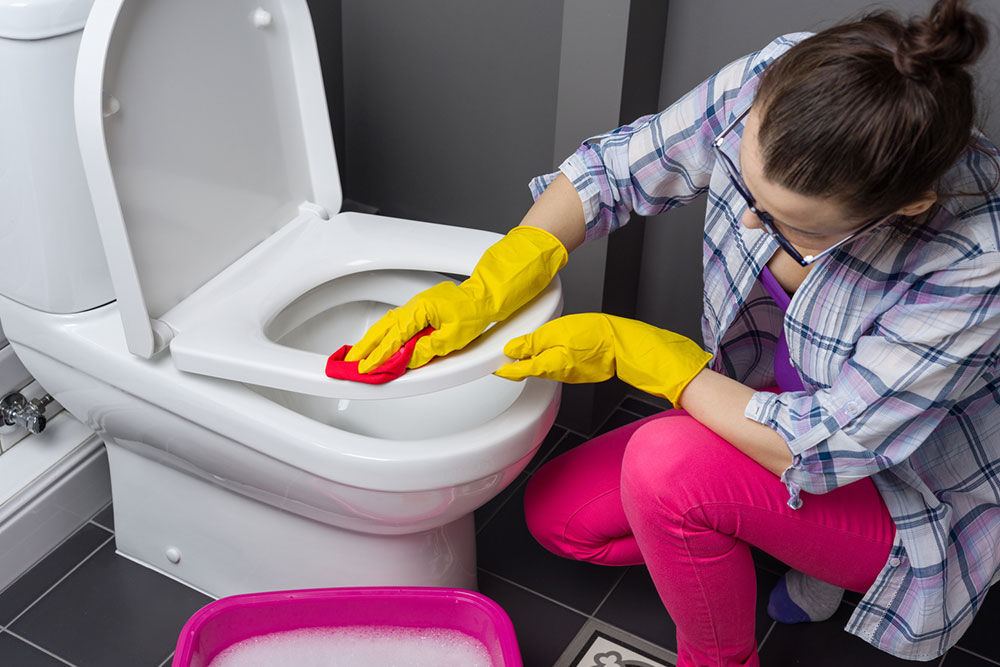Top 6 toilet cleaning mistakes to avoid

Using unclean toilets can cause bacterial gastrointestinal infections such as E. coli, Shigella, and Streptococcus. So, a clean and hygienic toilet is crucial to avoid diseases and ensure overall health. Several toilet cleaning solutions and tools are available online, but before buying them, one must consider the quality of these products and know the right cleaning techniques. Avoiding certain toilet cleaning mistakes can go a long way toward ensuring a spick-and-span toilet.
1. Using the wrong cleaning products
Toilet cleaning products with harsh and abrasive chemicals might seem like quick fixes for a clean toilet, but these can damage its surface. The product may also release certain fumes, which are potentially hazardous. A better solution is to go for milder cleaning products or DIY ones that are incredibly effective but not abrasive. For example, a baking soda and vinegar solution is highly recommended to break down stains and eliminate infectious substances without damaging the toilet.
2. Failing to declutter
If one’s bathroom is cluttered, one might leave out important surfaces and corners when cleaning it. Large objects blocking the way may also pose a safety risk to the person cleaning the bathroom. So, it’s important to declutter one’s bathroom, removing all the bathroom accessories and utilities from shelves, cabinets, etc., before cleaning. This is also a great way to discard expired products, keep track of stock, and start utilizing unused items.
3. Forgetting to clean the toilet brush
A common toilet cleaning mistake is putting the toilet brush away directly after cleaning. The dirt and bacteria that toilet brushes scrape off toilet surfaces settle between and on the bristles and handle. If one comes in contact with a dirty toilet brush, it can cause several bacterial infections. That’s why one should clean toilet brushes with a hot, soapy solution before allowing them to air dry.
4. Cleaning out of order
As with most activities, bathroom cleaning requires a plan. The sequence of cleaning each surface, the cleaning products and solutions to be used for each, the duration for which the solution should rest on the surface, etc., are things one should consider beforehand so that no time is wasted during cleaning. For example, it’s a good idea to clean top surfaces first, such as corners of walls, ceilings, and the top rungs of shelves. This is because the dust and gunk from these surfaces can fall over the ones at the bottom, so if the bottom surfaces are cleaned first, they will get dirty again and harbor bacteria.
5. Scrubbing too hard
Some toilet stains are particularly difficult to clean, so it’s natural to scrub vigorously to remove them. But, excess pressure on toilet surfaces can leave permanent scratches. So, it is better to scrub gently but firmly, using a mild, non-abrasive solution.
6. Mixing cleaning solutions
Disinfectants and cleaning solutions contain several chemicals whose functions and potencies one may not be aware of. Mixing cleaning products can cause these chemicals to react, producing hazardous outcomes. For example, bleach and ammonia-containing products release deadly gases when mixed. So, one should avoid mixing cleaning solutions, especially before checking the list of chemicals in each and understanding how they would react.

